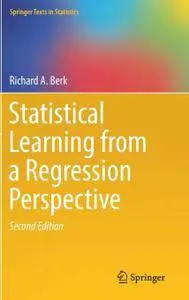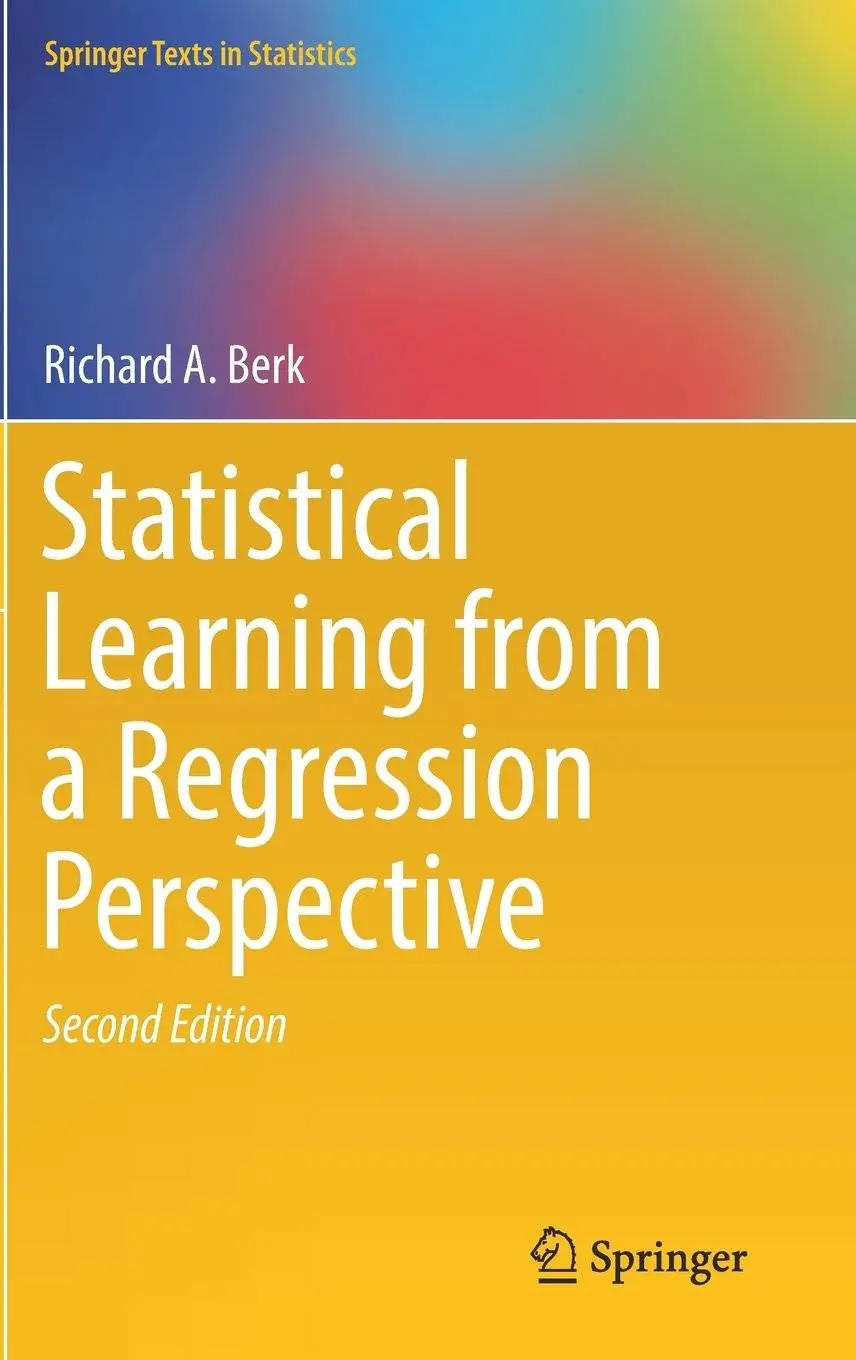Statistical Learning from a Regression Perspective, Second Edition
Springer | Statistics Text | November 17, 2016 | ISBN-10: 3319440470 | 347 pages | pdf | 7.9 mb
Springer | Statistics Text | November 17, 2016 | ISBN-10: 3319440470 | 347 pages | pdf | 7.9 mb
Authors: Berk, Richard A.
Offers accessible coverage on statistical learning procedures for practitioners
Examines a wide array of real applications
Presents intuitive explanations and visual representation of underlying statistical concepts
About this Textbook
This textbook considers statistical learning applications when interest centers on the conditional distribution of the response variable, given a set of predictors, and when it is important to characterize how the predictors are related to the response. As a first approximation, this can be seen as an extension of nonparametric regression.
This fully revised new edition includes important developments over the past 8 years. Consistent with modern data analytics, it emphasizes that a proper statistical learning data analysis derives from sound data collection, intelligent data management, appropriate statistical procedures, and an accessible interpretation of results. A continued emphasis on the implications for practice runs through the text. Among the statistical learning procedures examined are bagging, random forests, boosting, support vector machines and neural networks. Response variables may be quantitative or categorical. As in the first edition, a unifying theme is supervised learning that can be treated as a form of regression analysis.
Key concepts and procedures are illustrated with real applications, especially those with practical implications. A principal instance is the need to explicitly take into account asymmetric costs in the fitting process. For example, in some situations false positives may be far less costly than false negatives. Also provided is helpful craft lore such as not automatically ceding data analysis decisions to a fitting algorithm. In many settings, subject-matter knowledge should trump formal fitting criteria. Yet another important message is to appreciate the limitation of one’s data and not apply statistical learning procedures that require more than the data can provide.
The material is written for upper undergraduate level and graduate students in the social and life sciences and for researchers who want to apply statistical learning procedures to scientific and policy problems. The author uses this book in a course on modern regression for the social, behavioral, and biological sciences. Intuitive explanations and visual representations are prominent. All of the analyses included are done in R with code routinely provided.
Number of Pages
XXIII, 347
Number of Illustrations and Tables
29 b/w illustrations, 91 illustrations in colour
Topics
Statistical Theory and Methods
Probability Theory and Stochastic Processes
Statistics for Social Science, Behavorial Science, Education, Public Policy, and Law
Public Health
Psychological Methods / Evaluation
Methodology of the Social Sciences
Click Here for More books



